The newly-elected president of the World Bank, Dr. Jim Yong Kim -- an American physician, co-founder of Partners in Health, and president of Dartmouth College -- moves into a role most often filled by bankers or politicians. His unusual background provides the Bank with an opportunity to build new and innovative approaches to alleviating poverty in a changing world. Preceding his appointment, the debate largely focused on speculation about personalities, nationalities, and names in the offing. A more relevant question now that Dr. Kim has been elected is: What does he need to focus on to effectively lead the World Bank in the era of the fundamental re-balancing of the world economy?
Developing strong and stable economies is the one proven way to put countries on the path toward prosperity. However, the Bank and the broader international donor community need to think beyond poverty reduction in aggregate terms. Wealth generation must be inclusive and reach what the late C. K. Prahalad called the bottom of the pyramid -- those living on less than $2 per day.
The first and foremost guiding question for creating an inclusive growth ought to be: Why do things work the way they do? If a country is not growing, stuck in poverty or trapped in middle income, we need to ask why that is the case. Dani Rodrik, professor at Harvard University's JFK School of Government, has outlined a way to identify each country's binding constraints to growth. This is one of the new approaches to development and the centerpiece of the USAID's Partnership for Growth initiative, which involves cooperation with a select group of countries to address a range of interrelated systemic problems rather than focusing on single issues like health or education.
The new World Bank president needs to understand this way of thinking. He also needs to be familiar with entrepreneurship as a way of generating inclusive growth. This means going beyond necessity entrepreneurship, which people engage in due to the lack of other options, toward growth-oriented entrepreneurship on a large scale that leads to innovation and structural change in the economy. What are the institutional factors that open up entrepreneurial opportunities, especially for millions of people locked into the informal sector? That is the second key guiding question for setting the Bank's priorities and approaches.
As president of the Institute for Liberty and Democracy Hernando de Soto has written and demonstrated in his native Peru and many other countries, a vast number of people in the informal sector are potential entrepreneurs. They have developed and honed entrepreneurial skills and could cultivate their entrepreneurship further if the binding constraints were removed. Removing those constraints, which range from cumbersome business registration to corrupt bureaucracy, requires fundamental institutional change.
Fortunately, we have plenty of guidance on what needs to be done. In his book, The Mystery of Capital, de Soto lays out a detailed strategy for economies to move from dead capital stuck in the informal sector to assets that bottom-of-the-pyramid entrepreneurs can use to grow their businesses. Property rights are a crucial element of that strategy but it doesn't end there. To move from the informal to formal sector, entrepreneurs need a situation of legal certainty, which often requires a host of legal and administrative reforms. In other words, addressing binding constraints requires a political system that can provide a sound legislative and regulatory framework that is conducive to entrepreneurship -- a democracy that delivers. So the third guiding question is: How can governments create an environment that fuels inclusive growth? In the discourse on market-based development the role of governments is often overlooked. Yet, the willingness and capacity of a government to implement reforms and the quality of democratic governance in a given country are crucial to that country's development prospects. Governments -- and governance -- matter.
As Nobel Prize-winning economist Douglass North explained, the whole history of economic progress is moving from personal exchange with people you know and trust to being able to do impersonal transactions with strangers, from being able to buy and sell only at a local bazaar to international trade and online shopping. Moving across that line is where economic growth comes from, and it requires a certain level of trust and confidence in the underlying institutions. Countries need institutions -- such as the rule of law and effective legal and regulatory systems -- that must be created through governments.
Institutional reforms also require knowledge of the economic history -- and not just the economic history of developed countries, but the history of countries like Chile, Taiwan, or South Korea. These countries have walked down the path of successful reforms and, in one or two generations, created dynamic market economies that are growing and moving up global supply chains. Therefore, another guiding question for the World Bank should be: How has the unique economic history of different countries shaped them, what is it like to do business there now because of that legacy, and what lessons can they learn from other countries with a similar background?
To appreciate all these issues and forge a successful path for the World Bank, Dr. Kim needs to know which questions to ask, looking for the answers that are time-tested but also tailored to each country's local context. He needs a real familiarity with developing countries and emerging markets, with the economics of change, and with institutional reforms. Most importantly, in helping countries design reforms, he needs to be able to look at the world through the eyes of an aspiring entrepreneur who is trying to create jobs and value, in order to understand that barriers that entrepreneur faces. This is the perspective needed to bring about economic transformations that the World Bank's member countries are working toward.